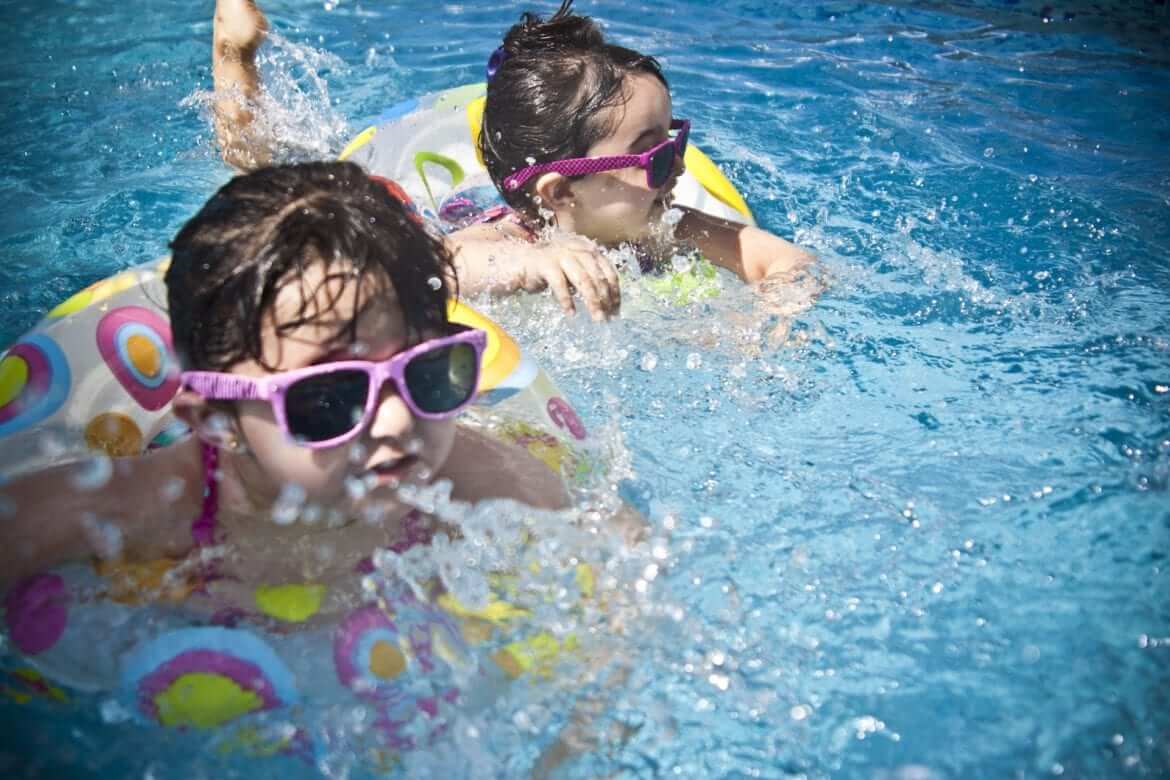Having a swimming pool at home is a wonderful luxury, especially during hot summer days. But if you have children, a backyard pool also comes with significant responsibilities. Drowning is one of the leading causes of accidental death in children, making pool safety an essential priority for every parent or caregiver.
In this detailed guide, we’ll walk you through practical, effective steps on how to make your pool safe for your children—so you can enjoy your time together with peace of mind.
Why Pool Safety Is Critical for Kids
Table of Contents
Children are naturally curious, and pools can be incredibly tempting. Unfortunately, even a few inches of water can pose a risk to toddlers. According to the CDC, drowning is the leading cause of death in children ages 1–4, and many of these incidents happen in home swimming pools.
Making your pool safe isn’t just a precaution—it’s a necessity.
Install a Pool Fence
A pool fence is the first and most essential line of defense. It creates a physical barrier between your child and the water.
Tips for choosing a safe pool fence:
-
At least 4 feet tall
-
Self-closing and self-latching gates
-
No gaps that children can crawl under or through
-
Climb-resistant design (no footholds)
Bonus tip: Install the fence completely around the pool—not just between the pool and the house.
Use a Pool Cover or Safety Net
When the pool is not in use, a safety cover or net can prevent accidental falls.
Look for:
-
ASTM-certified pool covers
-
Tight-fitting nets with minimal gaps
-
Covers that support weight without collapsing
Avoid soft floating covers—they can give a false sense of safety and may trap a child under the water.
Add Pool Alarms
Pool alarms alert you when something—or someone—enters the pool unexpectedly.
Types of alarms:
-
Gate alarms (attached to the pool fence)
-
Surface wave sensors (detect ripples in water)
-
Subsurface motion alarms (track movement under water)
-
Wearable alarms (child wears a wristband that sounds if submerged)
These alarms don’t replace supervision but act as an extra layer of protection.
Teach Swimming and Water Safety Early
Start swim lessons as early as possible. Many programs begin as young as 6 months with parent-child classes.
Focus on:
-
Floating techniques
-
Water entry/exit
-
Holding breath under water
-
Understanding pool rules and boundaries
Teaching your child to respect water is just as important as teaching them to swim in it.
Always Supervise Children
This one cannot be stressed enough: Never leave children unattended near a pool—even for a second.
Follow the “Touch Supervision” Rule: Stay within arm’s reach of children under 5.
Avoid distractions like:
-
Phones
-
Reading
-
Cooking
-
Talking to guests
Assign a dedicated adult “water watcher” during pool time.
Design a Slip-Free Pool Area
Slippery surfaces around the pool can lead to injuries—even without falling into the water.
Safety tips:
-
Use non-slip tiles or decking
-
Keep walkways dry and clutter-free
-
Teach kids not to run near the pool
-
Install handrails on pool steps
Regular maintenance helps prevent mold or mildew buildup that can create hazards.
Store Pool Chemicals Safely
Pool maintenance chemicals like chlorine and algaecides are hazardous if ingested or touched.
Safe storage checklist:
-
Locked cabinet or shed
-
Away from pool access areas
-
Clearly labeled containers
-
Stored in original packaging
Always follow the manufacturer’s instructions when using chemicals.
Create and Enforce Pool Rules
Establish household pool rules and make sure everyone—children and guests alike—knows and follows them.
Examples of pool rules:
-
No running
-
No diving in shallow areas
-
No swimming alone
-
No glass near the pool
-
Always wear floatation devices if needed
Consider making a fun sign with your pool rules and placing it nearby as a visual reminder.
First Aid and Emergency Preparedness
Being ready for an emergency can be life-saving.
What you should have nearby:
-
First aid kit
-
Lifebuoy or reaching pole
-
Phone with emergency contacts
-
CPR instructions
It’s also highly recommended that at least one adult in your home is CPR certified—especially if you have a pool.
Conclusion
Your backyard pool should be a place of joy, not danger. By implementing layers of protection—from fencing and alarms to supervision and education—you’re taking important steps to keep your children safe.
Remember, pool safety is never one-and-done. It requires constant awareness, regular maintenance, and ongoing conversations with your kids about water safety.
With the right precautions, your pool can be a safe and happy place for family fun for years to come.
FAQs
1. What is the safest pool fence for children?
A 4-foot high fence with self-closing, self-latching gates and vertical bars is considered the safest.
2. At what age can a child start swim lessons?
Children can begin parent-assisted swim lessons as early as 6 months, with more independent classes typically starting around age 4.
3. Should I keep toys in or near the pool?
No. Pool toys can attract children to the water unsupervised. Store them out of sight when not in use.
4. How often should I check pool safety devices?
Inspect gates, locks, alarms, and covers monthly to ensure everything is working properly.
5. Is a pool cover enough to keep kids safe?
No. Pool covers should be used in combination with fences, alarms, and supervision for maximum safety.

